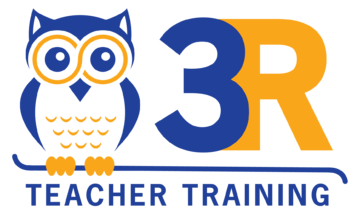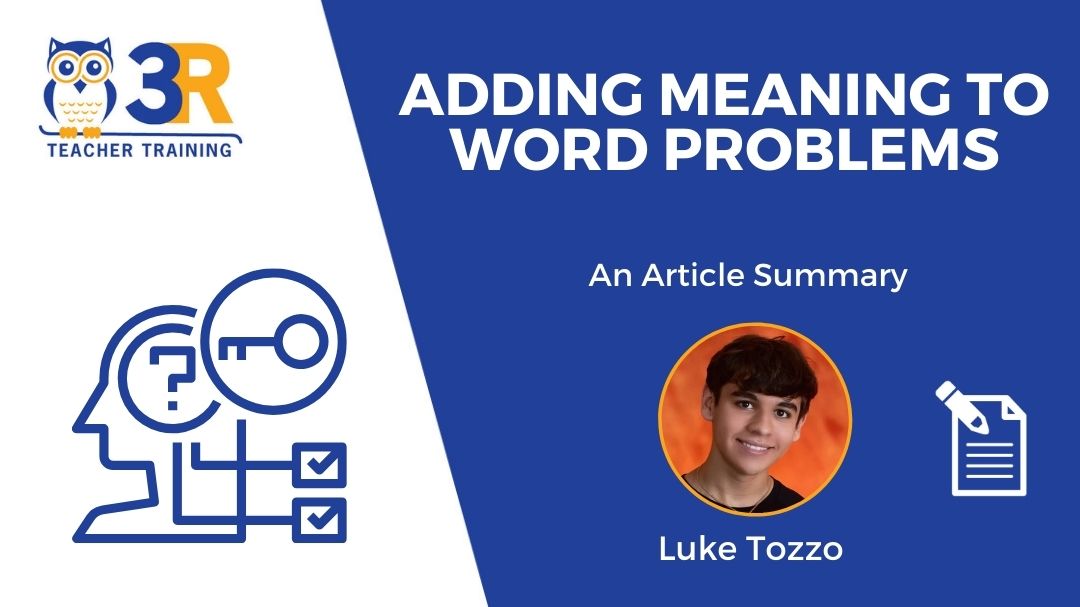The focus of this article in the November 2021 issue of Mathematics Teacher, Melissa Gallagher, Laura Ellis, and Travis Weiland show how teachers can make boring word problems into meaningful mathematical experiences for their students. Gallagher writes that teachers would “lament to her that a student ‘could do the math’ but struggled on word problems on assessments.” Many students often follow linear procedures to solve word problems rather than understanding the “mathematical relationships” behind the text. Gallagher, Ellis, and Weiland outline four ways teachers can increase student understanding of these relationships and significantly improve their experiences with word problems:

- Visualizing. Help your students see the problem clearly through the use of pictures and schematics. According to the authors, drawn images of the problem can “help students understand the task being presented”, while schematic diagrams “help students to see the underlying mathematical structure in the word problem.” The authors emphasize that teachers should encourage students “to draw pictorial or schematic representations”, but to move students towards creating schematic diagrams instead of pictures over time.
- Retelling. Ask students to retell the word problem to a peer. Make sure they rephrase the problem in their own words and pay attention to every detail in the problem. The point of having students do this is to have them create habits of comprehension. When students approach word problems at first by fully comprehending what they are being asked, teachers can “remove the scaffold of explicitly asking students to retell the task to a partner.”
- Making Connections. Encourage students to make connections to word problems to increase comprehension. Students solving word problems “will make two kinds of connections: personal and mathematical.” Students can make connections with the problem from their own life experiences or from mathematical concepts they were previously taught. Both types of connections are helpful to students' comprehension and can lead to relevant classroom exchanges about the problem.
- Asking Questions. Try removing the question from the word problem and instruct students to ask questions about the remaining information. Students asking questions in this way helps them “make connections and visualize the situation” while potentially causing thought-provoking classroom discussions. Student questions can help teachers “determine any points of misunderstanding” students have before they continue with the problem.
Gallagher, Ellis, and Weiland emphasize the importance of variation in these steps. “We encourage teachers to modify the steps described to best address the specific needs of their own students” write the authors, “We also do not suggest going through these steps for every word problem teachers use in their classroom.” The authors highlight how teachers should adapt these comprehension strategies to their own classrooms and students. Using these strategies can “spark rich discussions of mathematical relationships in the real world”, where students are “… not only improving their ability to solve word problems but also increasing the joy they find in doing mathematics.”
“Making Word Problems Meaningful” by Melissa A. Gallagher, Laura Ellis, and Travis Weiland in Mathematics Teacher – Learning & Teaching, November 2021, (Vol 114, #8 ,pgs 580-585). Authors can be reached at magallagher2@uh.edu, lellis@capeelizabethschools.org, and tweiland2@uh.edu

